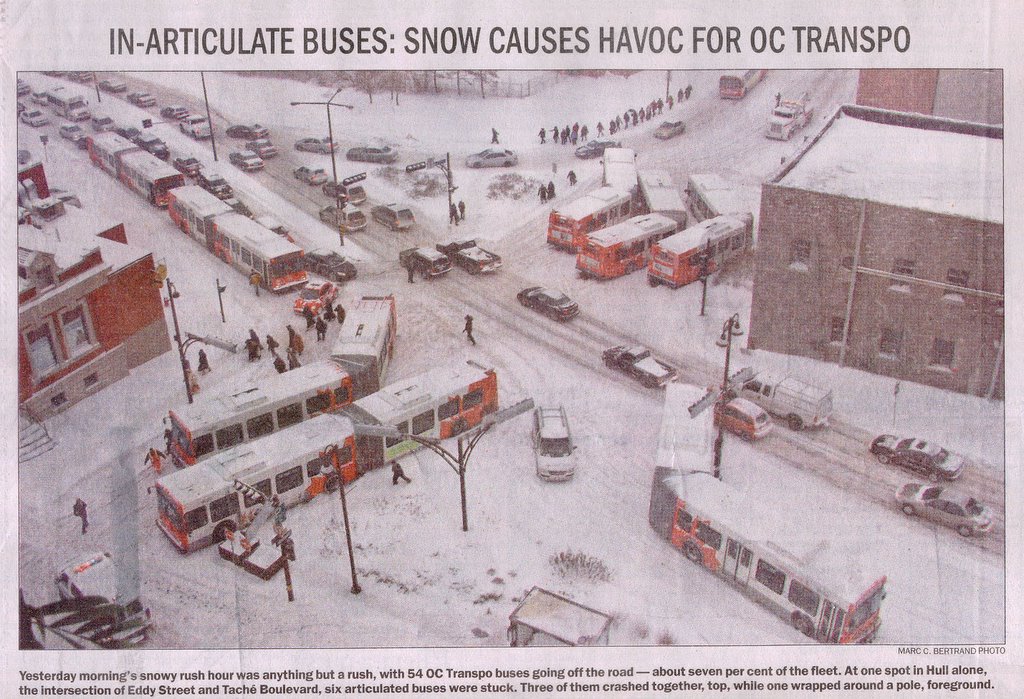micheal_can
Senior Member
Sure. But where's the higher order local transit for Barrie, Stouffville, Oshawa, Burlington, Milton? The exceptions don't disprove the rule. The vast majority of communities with GO service are not getting higher order transit. Nor do they need it.
Populations of:
Barrie 141,000
Stouffville 46,000
Oshawa 160,000
Burlington 183,000
Milton 110,000
Kitchener 204,000
Waterloo 104,000
Missisauga 721,000
Vaughan 306,000
Markham 328,000
Newmarket 80,000
London 384,000
The first group are your ideas. The second is where the Hurontario LRT, Viva, Mississauga Transitway and ION are.
And then there is London. If placed within the second group, it would be the second largest by population. If placed within the first list, it is the largest with more than 100,000 more than the next one. Even without a possible future GO connection, this seems ripe for LRT. ION and VIVA are not there due to the GO.
You are right that they did blow this chance. Just like Toronto blew it's chance for an Eglinton Subway. Hopefully it doesn't take over 20 years for London to learn and recover from their mistake.







